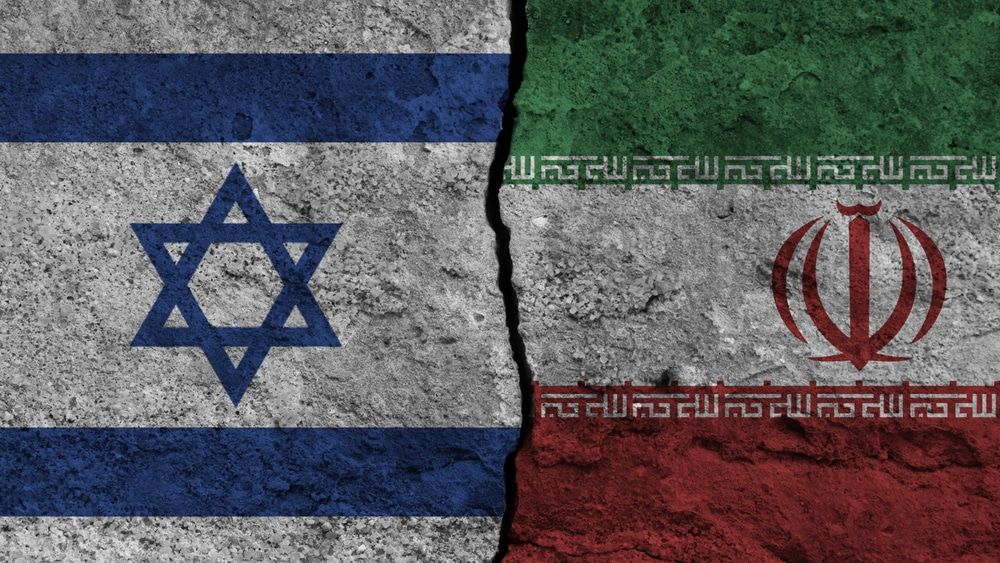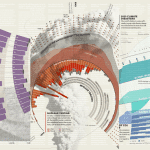Bibi’s small reveal
By John Mecklin | May 1, 2018

Without a couple of months to dig through them, it’s impossible to gauge the full import of the tens of thousands of documents on the Iranian nuclear program that Israeli Prime Minister Benjamin “Bibi” Netanyahu revealed on Monday. In a 20-minute video presentation, Netanyahu detailed what he said was an Israeli intelligence coup—a cache of 55,000 documents and 180-some CDs full of information from secret Iranian nuclear files. That cache—portrayed in Netanyahu’s presentation as an “Atomic Archive”—shows that Iran has long lied about its nuclear program, Netanyahu contended. Although Iranian leaders have in recent years claimed the country never intended to build nuclear weapons, Netanyahu said, the documents prove that Iran actually had a well-developed program that aimed to build and test nuclear warheads that would fit on Iranian nuclear missiles.
But as nuclear proliferation expert Joshua Pollack writes for Defense One, Netanyahu “showed very little that we haven’t already been told.”
Netanyahu’s theatrical presentation—made in front of shelves of binders and a large video screen—apparently was intended for maximum political impact ahead of the May 12 deadline by which President Donald Trump is expected to decide whether to effectively withdraw the United States from the 2015 Iran nuclear agreement. Indeed, shortly after Netanyahu’s presentation, Trump made public comments suggesting that Netanyahu’s revelations backed the president’s view that the agreement, known officially as the Joint Comprehensive Plan of Action, or JCPOA, was the “worst.”
But the president did not commit on Monday to end US participation in the JCPOA, and, in reality, Netanyahu’s supposed revelations offered little factual basis for withdrawal. His presentation did seem to document that Iran had lied to the International Atomic Energy Agency, failing to own up to previous military nuclear work as required by the JCPOA. As the New York Times noted on Monday, however, the Iran nuclear agreement was reached in part because six major powers were content to allow Iran to lie about its prior nuclear weapons program, so long as the agreement actually reached included the type of verification that would prevent Tehran from continuing to work toward a nuclear capability.
In March, the International Atomic Energy Agency affirmed that Iran is living up to its obligations under the JCPOA. And actually, Netanyahu’s presentation had almost nothing to do with Iranian compliance with the JCPOA. Mostly, the Israeli prime minister confirmed earlier Iranian efforts toward building nuclear weapons—efforts that largely ended by 2003 and that had been made public previously in a November 2011 IAEA report and a November 2007 US National Intelligence Estimate, among other venues.
Even if everything that Netanyahu asserted on Monday were unimpeachably true, his “revelations” would have been old news, by and large. As Pollack noted, the most interesting new fact revealed in Monday’s video extravaganza was how small Iran’s unrealized nuclear aspirations apparently were: the construction of five nuclear warheads, roughly the size of the Hiroshima weapon, to be delivered by ballistic missile.
Publication Name: Defense One
To read what we're reading, click here
Together, we make the world safer.
The Bulletin elevates expert voices above the noise. But as an independent nonprofit organization, our operations depend on the support of readers like you. Help us continue to deliver quality journalism that holds leaders accountable. Your support of our work at any level is important. In return, we promise our coverage will be understandable, influential, vigilant, solution-oriented, and fair-minded. Together we can make a difference.
Topics: What We’re Reading















